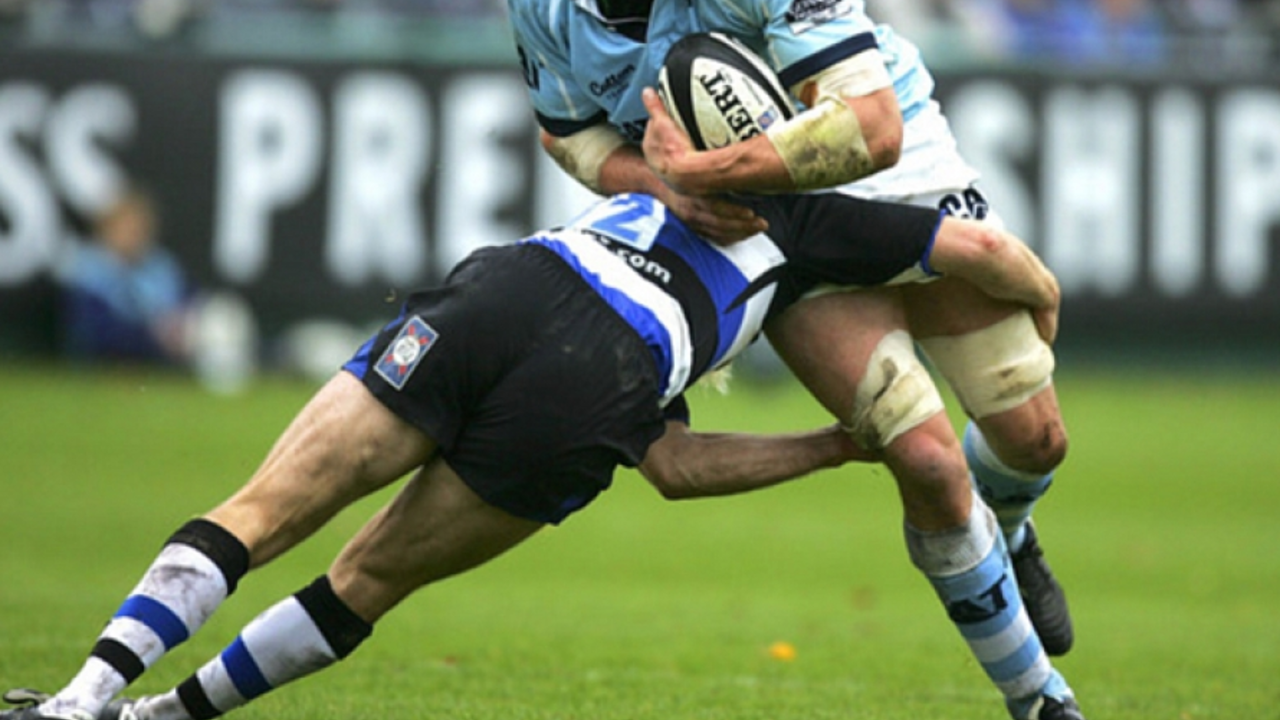Hey there, my sports fanatics! Let's dive into a quick yet fascinating lesson about the 40-20 rule in rugby league, shall we? In a nutshell, the 40-20 rule is like a secret weapon of the game! If a team, while inside their own 40-meter zone, kicks the ball into touch within the opponent's 20-meter zone, they get to keep possession! It's like a magic trick that turns the game on its head! Can you believe it? Just when you think you're backed against the wall, bam! You turn the tables with a well-placed kick! Keep that in mind next time you're watching or playing, it's a game-changer!
Sports Rules Explained – Your Quick Rugby Cheat‑Sheet
Ever watched a match and wondered why the referee blew the whistle? You’re not alone. Rugby can look chaotic, but the rulebook is surprisingly straightforward once you break it down. Below we cover the core rules that every fan, player, or curious viewer should know.
What Is a Knock‑On?
A knock‑on happens when a player loses control of the ball and it moves forward, or when they intentionally throw it forward. The moment the ball hits the ground or a teammate’s hands after going forward, play stops and the other team gets a scrum. It’s essentially a turnover, so keep your hands tight and your passes backward.
Sevens vs. Regular Rugby – The Big Differences
Sevens rugby shrinks the game: seven players per side, two seven‑minute halves, and a faster pace. The field size stays the same, which opens up space and leads to higher scores. Conversions must be drop‑kicked, unlike the place‑kick you see in the traditional 15‑a‑side version. Aside from that, scoring, tackling, and off‑side rules are identical.
Knowing these distinctions helps you follow tournaments like the World Rugby Sevens Series without feeling lost when the action spikes.
Other Common Rules You’ll Hear About
Off‑side: A player must stay behind the ball or the last foot of the ruck/maul. If they step ahead, the referee will call them off‑side and award a penalty.
Ruck: When the ball is on the ground after a tackle, both teams push over it to compete for possession. Hands stay off the ball; you can only use your feet to hook it back.
Maul: Similar to a ruck, but the ball carrier stays on their feet and teammates bind around them, pushing forward. The ball must be kept moving toward the try line.
Understanding these basics lets you spot infringements and appreciate why referees make certain calls.
How to Spot a Penalty and What It Means
Penalties are awarded for most rule breaches: off‑side, high tackles, not releasing the ball, etc. The non‑offending team can choose a line‑out, a scrum, or a quick tap. A successful penalty kick at goal is worth three points, while a try scores five, plus a conversion for two.
When you see a team line up for a penalty kick, you know the defense committed a clear foul—usually a good moment to celebrate if you’re supporting that side.
Putting It All Together on Game Day
Next time you watch a match, keep an eye on the referee’s signals. A raised arm means a stoppage, while a tap‑tap indicates a quick restart. Notice where players position themselves after a tackle—that’s a ruck forming. And if the ball goes forward off a player’s hands, you’ve just seen a knock‑on.
These simple cues turn a confusing scramble into a readable sport. With a grasp of knock‑ons, sevens quirks, and the core scrum‑line rules, you’ll feel more confident cheering, discussing, or even playing rugby yourself.
Got a rule that still puzzles you? Share it in the comments and we’ll break it down together. The more we talk about the basics, the more fun the game becomes for everyone.
